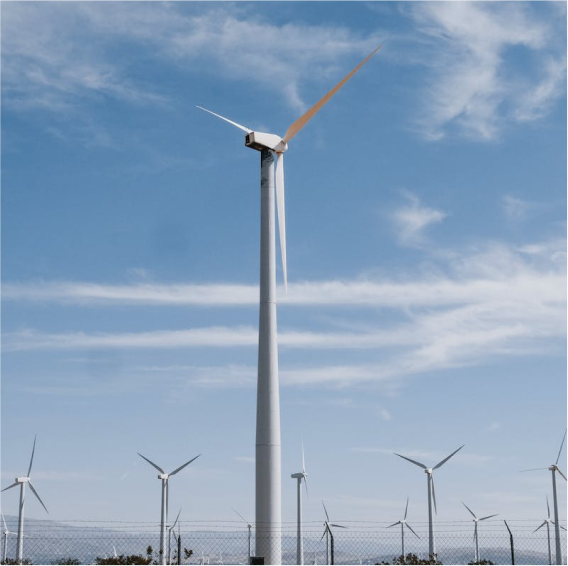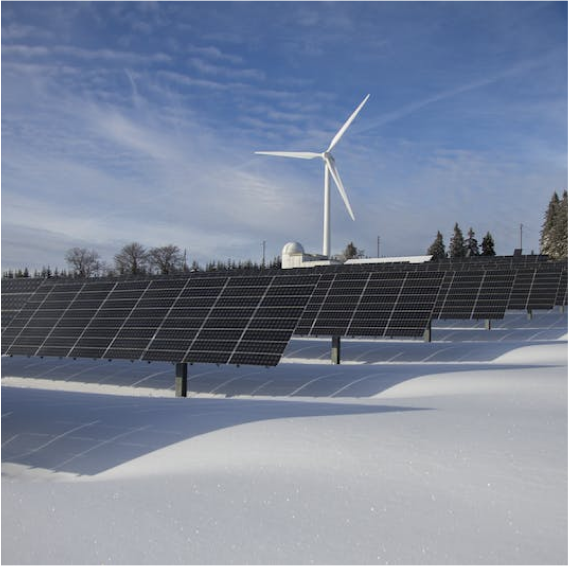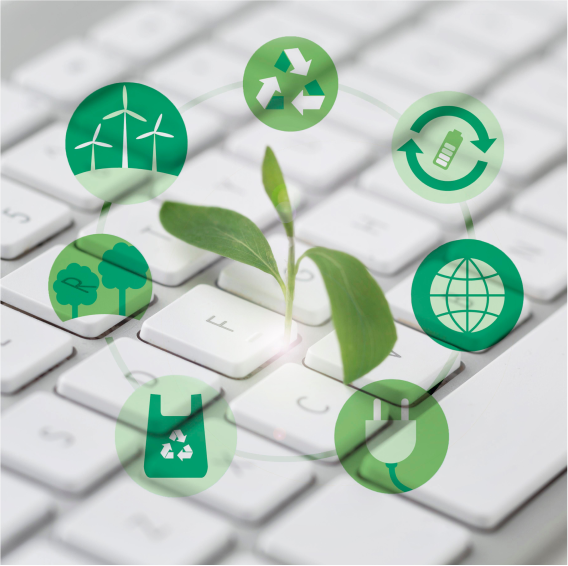Solutions With Sustainability at its Core


Managing and maintaining commercial buildings can be costly due to the substantial energy consumption required for their daily operations, which include heating, cooling, and electricity. This is because these buildings consume a significant amount of energy to run efficiently.
What if your building’s HVAC operations save 40% of energy just by installing smart devices? Sounds like a plan right, SPI energy efficiency solutions offer you a wide range of IoT devices to ensure the best possible comfort, indoor air quality and cost and energy efficiency of the HVAC operations.
Our mobile app suite provides remote control and instant access to all your building’s data.
- Tech Parks
- Office & Co-working spaces
- Malls & retail chains
- Hotels & Chain restaurants
- Hospitals & diagnostic centres and more…
1. What makes a device energy efficient?
How do you identify one?
Devices that consume lesser energy but generate the same power required to run the appliance are termed energy-efficient devices. In 2006, the Ministry of Power launched standards that distinguish energy-efficient devices from others. The Bureau of Energy Efficiency of India (BEE) ensured a star label on the energy-saving devices which helps a customer identify each type. The more the number of stars, the more energy efficient the device is.
2. What are the benefits of such devices?
There are five significant benefits of them:
- Provides information on energy used and as the energy used is lower it reduces the overall electricity bill.
- The capital investments in the energy infrastructure go down.
- It strengthens the competitive market.
- Works towards a sustainable future by minimising climate change.
- Reduces urban and rural pollution.
3.How do energy-efficient devices boost the economy?
At the microeconomic level, below-cost energy efficiency improvements lead to cost savings, allowing consumers or firms to spend or invest in economic activities. At the macroeconomic, economy-wide level, widespread energy efficiency improvements could increase the overall productivity of the economy, resulting in increased economic growth.


India is in a fortunate position to use wind energy to meet its energy demands, which helps in reducing the reliance on fossil fuels. Wind turbines generate electricity by utilizing the mechanical energy of the wind to drive a turbine. The wind is not only a widely available and inexhaustible resource, but it also generates power without consuming any fuel or damaging the atmosphere.
1. Does wind power help in the fight
against climate change?
Yes. Wind farms don’t emit greenhouse gasses into the atmosphere like coal or gas-fired power stations do. The production of wind energy alone stopped 198 million tonnes of CO2 from entering the environment in 2019. Additionally, the production of wind energy lowered the need for water, which is typically needed for the operation of fossil-fuel power plants. Power generation could account for up to a quarter of the reduction in CO2 emissions required to meet the Paris Agreement’s 2050 target. To reach the goal, this reduction is required.
2. Are investments in wind power technology on the rise?
The International Energy Agency (IEA) predicts that wind generating capacity will reach 65 GW in 2020 notwithstanding the difficulties posed by COVID-19. This is an increase of 8% from 2019 figures. The capacity is expected to increase further in 2021, when it is expected to reach 68 GW, and overall capacity might reach 100 GW by 2025.
3. Does wind power help rural economies?
Since this enables the landowners in rual areas to earn additional income while still keeping their property in use for agricultural purposes, the vast majority of wind farms may be found there. In this way, generating income from wind energy might be added to the income that can be obtained from farming or other activities.
4. How long does it take for a wind turbine to
balance out the carbon emissions caused by
its production?
The “carbon payback time” is the length of time it takes for a wind turbine to offset the carbon emissions that result from its production. The size and location of the wind turbine, as well as the energy source that it is replacing, can all affect the carbon payback period. An average wind turbine is thought to be able to compensate for the carbon emissions produced during the process of manufacturing and installation within 3 to 9 months of operation. Due to its quick payback period, wind energy is an attractive renewable energy source for reducing carbon emissions and addressing climate change. This highlights the advantages wind energy has for the environment.
5. Are wind turbines recycled?
Currently, the vast majority of wind turbine parts can be recycled to the tune of 90%. On the other hand, is actively developing industrial-scale solutions to sustainably manage turbine blades once they have reached the end of their useful lives in collaboration with universities, manufacturers, and suppliers
6. How long does a wind farm last on average? What happens when a turbine comes to the end of its useful life?
Our wind farms typically have a usable life expectancy of at least 30 years, and repowering initiatives may increase this number even further. A wind energy generator can decommission a facility by removing all of its parts and restoring the land to its natural state, or it can repower a facility by updating a turbine’s parts.


Advantages of the hybrid power solutions
- Continuous power supply without interruptions. During a power cut, the battery work as an inverter and supply power.
- Utilizing renewable energy sources to the maximum as they won’t get depleted over time.
- The maintenance cost is low and the plant can function for a long time.
- Hybrid power plants provide more efficiency as the energy wasted is minimal and the key goal is sustainability.
1. Why should we move to Hybrid power?
Wind Hybrid Plants deliver more energy than standalone solar and wind power plants. Corporations that want continuous and reliable energy for their usage should consider hybrid power.
2. What are some opportunities for hybrid power systems?
Remote places are an excellent fit for hybrid energy systems. Hybrid systems can support independent mini-grids, saving money on expensive transmission expenses. Fuel transportation expenses in outlying areas are decreased thanks to the improved ability to incorporate renewable energy output into the electricity mix.
3. What are some of the hybrid power systems
that can be used to supply power?
- Photovoltaic and Wind
- Photovoltaic and Hydraulic
- Hydraulic and Wind
- Solar thermal and biomass
- Wind and Solar
4. What exactly are solar and wind
hybrid power systems?
A hybrid solar system typically consists of a charger, a battery, panels, and an inverter. Together, these parts can produce, store, and utilize solar energy at any moment.Any combination of wind energy with one or more additional forms of power generation is referred to as a wind hybrid system
5. What are the different aspects of hybrid plants?
The configuration of the hybrid plant—including its use of technology and integration of Alternating Current or Direct Current is its key feature. The second crucial factor would be connected to sizing, which would be determined by the qualities of the resource. In areas where wind power density is quite good, the size of the Solar PVs capacity to be added as the Solar-Hybrid component could be relatively smaller to achieve the benefits of a hybrid model in terms of optimal and efficient utilization of transmission infrastructure and better grid stability by reducing variability in renewable power generation.
Sustainability




